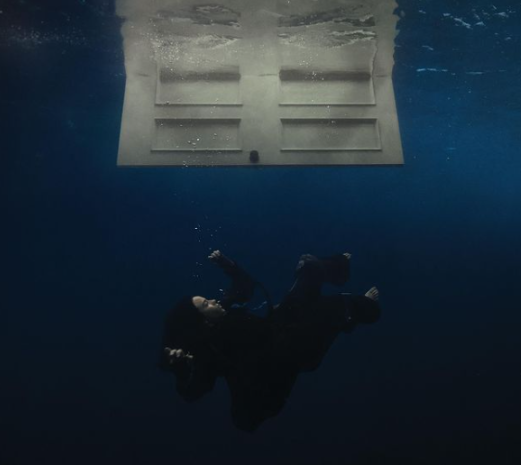After the fire in the auditorium last April, academic departments have been forced to make changes in order to better follow safety codes, including changes in classroom arrangement and organization of storage areas.
The fire, which was was sparked by an extension cord which then caused a curtain to burn, resulted in several officials surveying the scene and fire marshals completing a thorough assessment of the school, calling for various changes.
“The ways things were stored, there was too much clutter and things were blocking the door and sprinklers,” art resource teacher Paul Dermont said. “We had to pull a lot of work down from the top shelves.”
Photography teacher Michael Foo was also affected by the stricter enforcement of rules, particularly the rule stating that 80 percent of wall space must be clear.
“We had to remove a lot of art work from the walls,” Foo said. “I would have liked to have kept it, but there was no place to store it, which was unfortunate.”
Many other teachers were also affected by the wall rule, forcing them to take down several posters and pictures in their classrooms and offices.
“The major change was to take a lot of personal pictures and items off the wall,” music teacher Kristopher Sanz said. “We’ve added paint and wall decals to make the room a less sterile environment.”
Students were also forced to adhere to the stricter rules, especially with their personal items kept backstage.
“All of the cool things from past shows:
a rocket ship, a giant disco ball, gears from Blast Revolution and a narwhal from One Acts, we’ve had up in the shop have had to be taken down because they’re fire hazards,” student tech director senior Emily Potter said. “We have less swag up in the shop.”
Other rules forced many teachers with classrooms that do not have Promethean boards to move their projectors from their ceiling mounts down onto movable desks.
Human Geography teacher Douglas Kraus saw this change occur in his classroom and while it hasn’t impacted his routine, it does affect his students.
According to Kraus, the problem is “more for the students,” since they must crane their necks to look around the projector in the center of the room.
The auditorium is also going through remodeling, including new carpeting and curtains.
“Normal stage curtains are flame-treated, but that only last five years,” media services technician Scott Selman said. “The curtains now are permanently flame-proof.”
However, the various changes haven’t been the main part of post-fire CHS: it has mainly been a shift in attitude.
“Mostly it’s awareness: trying to be very careful and keeping an eye out for any dangers,” Selman said. “We’ve taken steps to, if it ever happens again, make sure no one is hurt.”
Students are expected to adhere to the stricter enforcement of the rules.
“With all the great things we allow the students to do, there comes a sense of responsibility for the teachers and the students,” Selman said.
Many students don’t mind this responsibility since it can be divided up among them, especially those working in the auditorium for school productions.
“If everybody cleans up what they’ve been working on then there is nothing unfair about it,” Potter said.
Many teachers support these changes because they increase student safety.
“As long as it’s for safety, I have no problem,” Sanz said.







